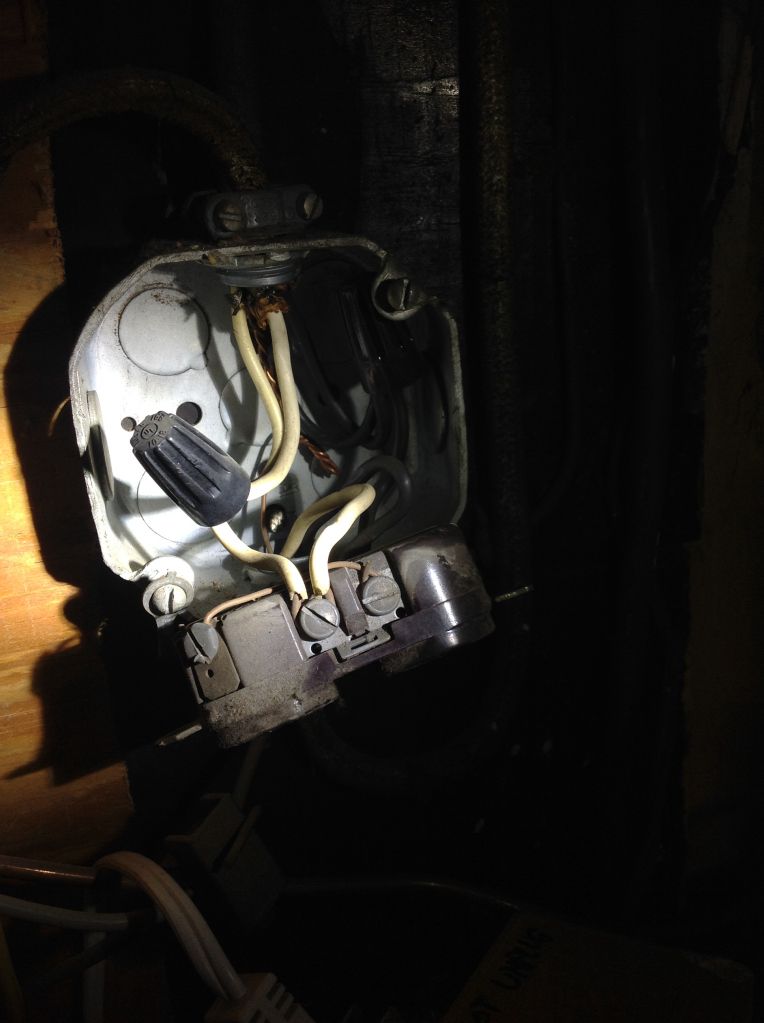Here is a case where the neutral was used for grounding that caused a elderly friend of mine to go into a coma for 4 months, she did regain conscience but was never the same and died a year later.
She lived in a trailer at a local trailer park, the state came through and made the park upgrade their electrical system and what they were supposed to do was to install a 4-wire system to the trailer from the service pedestal/meter bank, the park owned some parks in lower southwest Michigan so they use their electrician from one of these parks to do this upgrade.
What they did was beyond comprehension, originally the trailer had a 4-wire system but the EGC was a bare copper #8, they disconnected this bare #8 and installed a ground rod at the trailer and one at the meter pack, they re-bonded the neutral to the panel ground bar inside of the trailer thus using the neutral as the EGC between the service meter pack and the trailer, the wiring was old and when her hot water heaters heating element went to ground it blew open the aluminum neutral connection at the neutral bar in the service disconnect at the meter, this in turn put everything grounded at the trailer at the potential of the hot feeding the water heater (120v) when she came home it was raining and standing on the metal steps and landing when she went to grab the door handle she couldn't let go until she passed out and fell back down the stairs, there was standing water under the stairs and she had stepped in a puddle just before she went up the stairs so her shoes were also soaked, the neighbor called 911 and then myself as she didn't have any family so I kind of looked after her, one of the EMT's who responded also grabbed the door handle and was shocked, I had just got there so I turned off the main breaker at the meter pack, after going to the hospital and everything I went back to find out what had happened and the above was what I had found, from there I contacted the state AHJ who was a friend of mine and he fired the state HUD inspector who allowed the electrician to do this, he also wrote the state of Michigan with a the info on what he did, never found out what became of it, our state gave the park 1 week to correct all the trailers electrical miss-wiring and other parks that was inspected by this inspector was reinspected.
A second issue of using the neutral as a EGC was on a freezer in a garage, no injury's but it could have been worse:
I was called out on a complaint of the home owner getting shocked on a new freezer that had been put in a garage on an old house, there were no receptacles in this attached garage so the elderly home owner had a handyman install a couple, he ran NM back into the crawlspace to a junction box up on the floor joist under the living room, the wiring was old NM cloth covered as well as the individual conductors were also cloth covered as typically seen in 1940ish houses, there were no equipment grounding conductors, I had plugged in my 3-lamp plug tester and it showed a correctly wired receptacle with a good ground, but when I used an extension cord to a temp receptacle wire into the panel as a known good reference point, I found that the neutral and ground was hot and the hot was ground/neutral, I crawled into the crawl space and found the JB he had wired the new receptacles to, I found that the old cloth insulation was so bad you could not tell any longer which one was neutral or hot, he had boot legged the neutral and EGC together to the hot conductor and the black was connected to what he thought was hot but it was in fact the neutral, this mistake put the EGC and the case of the freezer at 120 volts to earth and when the homeowner walked out bare footed and grabbed the handle she was shocked, being that she was in her late 70's it could have turned out very badly for her, but luckily she must of not had a very good contact between her feet and the concrete floor and the floor was very dry, I ended up running a whole new circuit to the breaker panel in the utility room just off the garage.
So in this second case we find that a 3-light tester will not detect a fault when the hot is used as a neutral and ground and the neutral was landed on the hot, the correct two lights still lit up that said it was wired correctly as they have no way of sensing the reversed polarity, all they can sense is if there is a potential between the hot and neutral and hot and ground which there would be if the ground and neutral was hot and the hot was neutral, also bootlegging a ground to neutral at the receptacle will also show this and a 3-light tester would not show it, but have the neutral open up or a bad connection and now the appliance will have a potential to earth or in this case the concrete floor and a person could be killed, especially a young child or an elderly person.
If the above ever happened and caused a person to be killed a good lawyer would have a field day in court, and even a prosecutor could bring criminal charges against someone who had done this, a very good reason to fix these when ever encountered.



